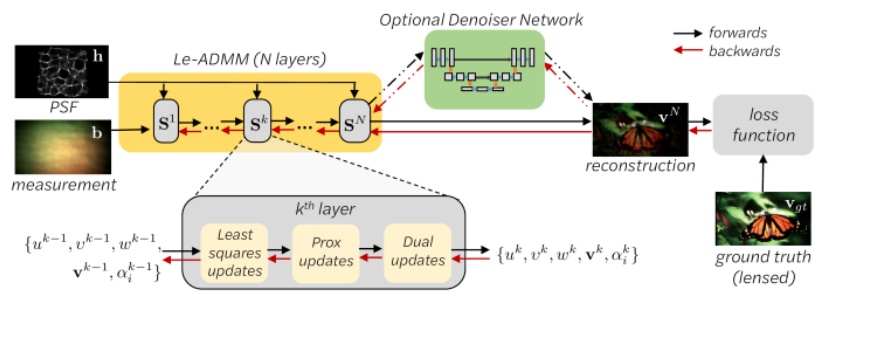The importance of deep learning optical imaging
In recent years, the application of deep learning in the field of optical design has attracted wide attention. As the design of photonics structures becomes central to the design of optoelectronic devices and systems, deep learning brings new opportunities and challenges to this field. Traditional photonics structural design methods are usually based on simplified physical analytical models and related experience. Although this method can obtain the desired optical response, it is inefficient and may miss the optimal design parameters. Through data-driven thought modeling, deep learning learns the rules and characteristics of research objectives from a large number of data, providing a new direction for solving the problems faced by the design of photonics structures. For example, deep learning can be used to predict and optimize the performance of photonics structures, enabling more efficient and precise designs.
In the field of structural design in photonics, deep learning has been applied to many aspects. On the one hand, deep learning can help design complex photonics structures such as superstructural materials, photonic crystals, and plasmon nanostructures to meet the needs of applications such as high-speed optical communication, high-sensitivity sensing, and efficient energy collection and conversion. On the other hand, deep learning can also be used to optimize the performance of optical components, such as lenses, mirrors, etc., to achieve better imaging quality and higher optical efficiency. In addition, the application of deep learning in the field of optical design has also promoted the development of other related technologies. For example, deep learning can be used to implement intelligent optical imaging systems that automatically adjust the parameters of optical elements to different imaging needs. At the same time, deep learning can also be used to achieve efficient optical computing and information processing, providing new ideas and methods for the development of optical computing and information processing.
In conclusion, the application of deep learning in the field of optical design provides new opportunities and challenges for the innovation of photonics structures. In the future, with the continuous development and improvement of deep learning technology, we believe that it will play a more important role in the field of optical design. In exploring the infinite possibilities of optical imaging technology, deep learning computational optical imaging is gradually becoming a hot spot in scientific research and application. Although the traditional optical imaging technology is mature, its imaging quality is limited by physical principles, such as diffraction limit and aberration, and it is difficult to further break through. The rise of computational imaging technology, combined with the knowledge of mathematics and signal processing, opens up a new way for optical imaging. As a rapidly developing technology in recent years, deep learning has injected new vitality into computational optical imaging with its powerful data processing and feature extraction capabilities.
The research background of deep learning computational optical imaging is profound. It aims to solve the problems in traditional optical imaging through algorithm optimization and improve the imaging quality. This field integrates the knowledge of optics, computer science, mathematics and other disciplines, and uses deep learning models to acquire, encode and process light field information in multiple dimensions, thus breaking through the limitations of traditional imaging.
Looking forward to the future, the prospect of deep learning computational optical imaging is broad. It can not only further improve the imaging resolution, reduce the noise, achieve super resolution imaging, but also optimize and simplify the hardware equipment of the imaging system through the algorithm, and reduce the cost. At the same time, its strong environmental adaptability will enable the imaging system to maintain stable performance in a variety of complex environments, providing strong support for medical, unmanned, remote sensing monitoring and other fields. With the deepening of interdisciplinary integration and continuous progress of technology, we have reason to believe that deep learning computational optical imaging will play a more important role in the future, leading a new round of imaging technology revolution.

Post time: Aug-05-2024





